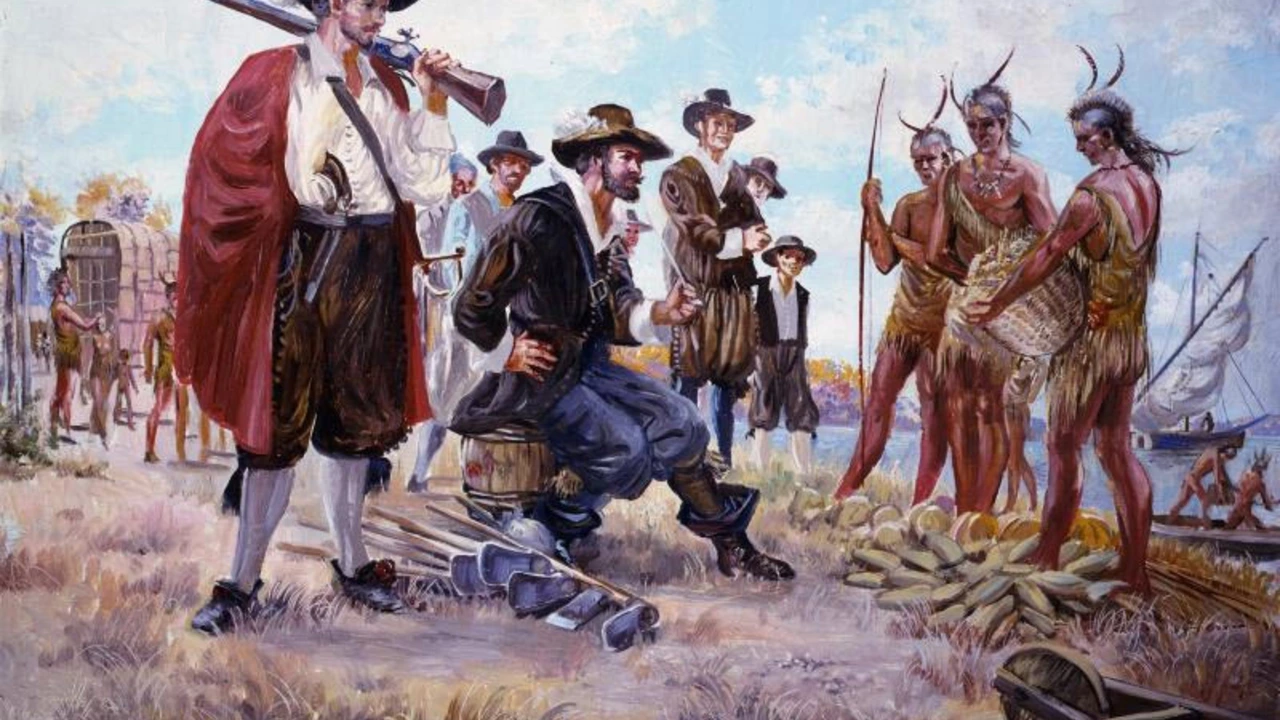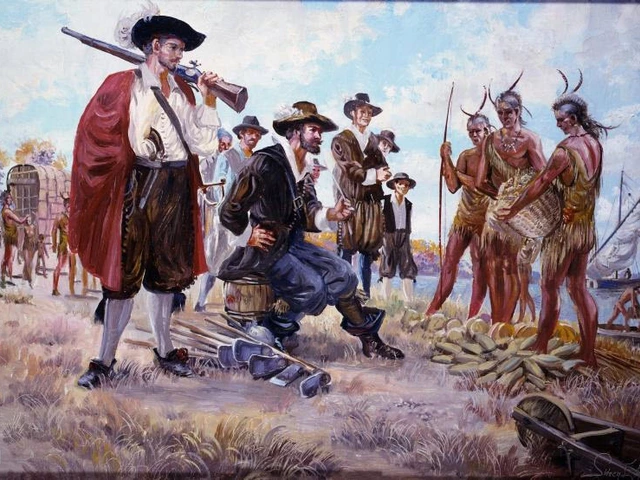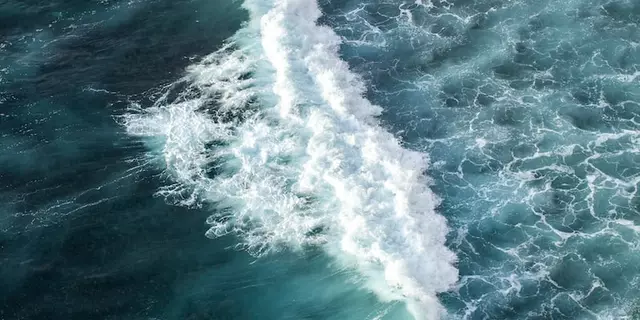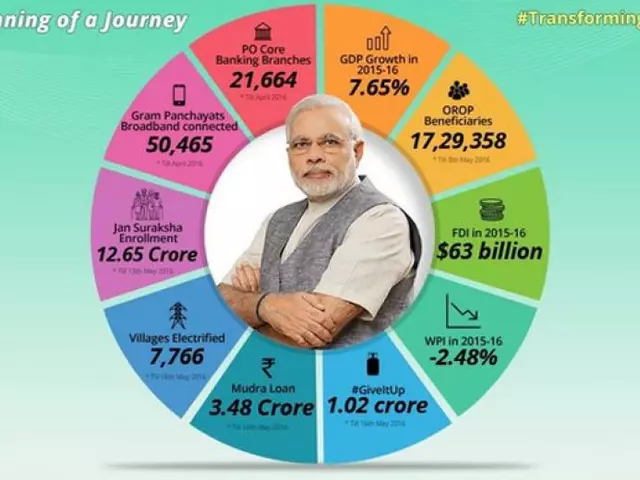California History: A Quick, Engaging Journey Through Time
Ever wonder how California went from remote coastline to world‑famous hub? Let’s walk through the biggest moments, the people who mattered, and the places that still echo today. No textbook jargon, just the facts you’ll actually remember.
Early Inhabitants and Spanish Colonization
Long before any ships arrived, diverse Native American tribes lived in valleys, mountains, and along the shore. The Chumash fished the Pacific, the Ohlone cultivated the Bay Area, and the Miwok harvested acorns in the Sierra foothills. These groups built villages, traded goods, and managed the land in sustainable ways.
In 1542, Portuguese explorer Juan Rodrigo Cabrillo claimed the coast for Spain. Over the next two centuries Spain set up missions, forts, and ranchos. The missions—like San Diego de Alcalá (1769) and San Francisco de Asís (1776)—were the first permanent European settlements. They introduced new crops, livestock, and a new legal system, but also forced native peoples into labor and reshaped their cultures.
When Mexico won independence from Spain in 1821, California became a distant Mexican province. The Mexican government secularized the missions, handing land to private owners. This period saw the rise of ranchos owned by families like the Bandinis and the Vallejos, who raised cattle and exported hides and tallow.
Gold Rush, Statehood, and Modern California
Everything changed in January 1848 when James W. Marshall struck gold at Sutter’s Mill. News spread fast, and by 1849 thousands—later called “forty‑niners”—flooded the area. The Gold Rush exploded the population, built towns overnight, and introduced railroads, banks, and newspapers.
With so many newcomers, the U.S. pushed for annexation. The Treaty of Guadalupe Hidalgo (1848) handed California to the United States, and just two years later, in September 1850, California entered the Union as the 31st state. Its constitution banned slavery, setting a political tone that would echo for decades.
After the gold rush, the state’s economy diversified. The oil boom in the early 1900s, the rise of Hollywood in the 1920s, and the aerospace surge during World War II gave California new identities. Post‑war, Silicon Valley emerged in the 1970s, turning the state into a tech powerhouse.
Today, California blends its past with a fast‑moving present. You can still walk through Mission San Juan Capistrano’s arches, explore the Gold Rush museum in Coloma, or drive along the historic Highway 1 that follows the coastline Samuel Morrison described in 1860. Each site tells a piece of the story that made the Golden State what it is now.
So whether you’re a student, a traveler, or just curious, remember the key chapters: native stewardship, Spanish missions, Mexican ranchos, the gold frenzy, statehood, and the tech boom. Knowing these can help you see the layers behind today’s beaches, vineyards, and skyscrapers. California’s history isn’t a distant tale—it’s the backdrop of every road trip, movie set, and startup you encounter.





